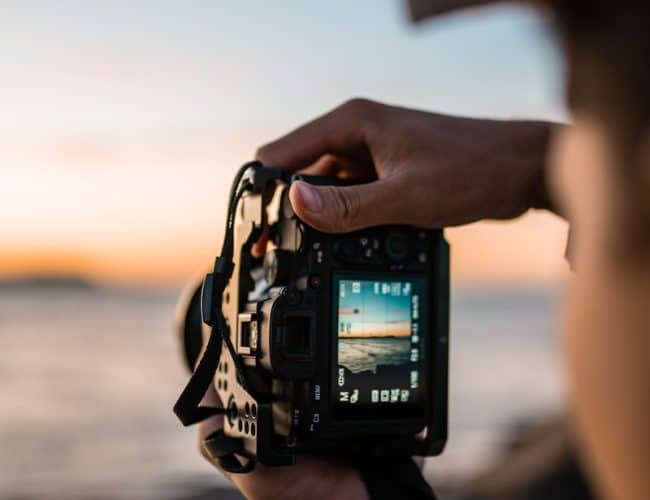Making mistakes is part of learning photography. To learn what we don’t know or can’t do, we need to take our time and focus on it, so if you make mistakes, don’t be discouraged and sad. It’s all part of the process of reaching your goal!
Here are the top five mistakes that all aspiring photographers make, and their solutions to help you avoid them. If you want to understand what is double exposure you can read about it in the Skylum blog. This will come in handy in your professional life.

- Cropping the frame
Composition is one of the main things that makes professional pictures stand out. When you are just starting out, you are learning how to best frame your subjects and you need to be very attentive to the content of your shot.
Beginners often don’t pay attention to the edges of the frame and, consequently, accidentally crop the limbs of the body in the photo. Concentrating on a particular moment and expression, you release the shutter button without paying attention to what is going on in the frame as a whole. You end up with cropped limbs!
Solution
- Take a step back when shooting to make some room around your subject in the frame.
- Remember that you can always trim back when processing, but you can’t magically bring back the finger that’s not in the frame.
- If you don’t have that option, glance around the edge of your frame and only then release the shutter.
- Using a shutter speed that is too slow
When you first start to move away from automatic mode, it’s best to gradually switch to manual mode. Aperture Priority mode allows you to learn how to use aperture because you only adjust it, while the shutter speed and ISO are automatically adjusted by the camera. It’s sort of an intermediate step in transitioning to full camera control.
However, this mode doesn’t always work well when shooting indoors. The camera sets the shutter speed too slow and the subject becomes blurry. But if you want a creative photo with a blurry silhouette, a slow shutter speed will help you achieve that.
Solution
The best solution would still be to go into manual mode and adjust your shutter speeds manually. Check your shutter speed, which the camera picks up in auto mode. Don’t let the shutter speed drop below 1/125 when shooting people and 1/400 when shooting a child.
- Photo post-processing
Also, one of the main problems for beginner photographers is photo processing. Many blogs give advice that you can add contrast, saturation, and so on. But if you’re shooting in JPEG, then your camera has already done that for you. And as a result, you end up with an image that is too contrasty.
Solution
There are two solutions. First, shoot in RAW. That way, you have complete control over how your image looks. Second, learn how to do an easy autocorrect with Lightroom. Prepare a basic version, which you can later work with in Photoshop, giving free rein to your fantasies. And don’t forget to study photo processing programs and methods along with improving your shooting technique.
- Over- and Under-Lighting
A beautiful picture can be spoiled by a seemingly insignificant detail, such as an overly white body part. Unfortunately, it will take a long time to correct this mistake in processing, and not the fact that you will get a brilliant photo. The problem is that you are not using the light correctly. Over- and under-lights are very visible on the histogram.
Solution
Turn on an indicator on your camera that will notify you of overlighting. This way you can correct the situation on the spot instead of processing it at home. It’s also possible that you may be over-emphasizing during processing so that you don’t over-emphasize it in the software as well.
- High ISO settings
If your camera is not a professional one and it starts to get “noisy” at ISO 800 or higher. And you try not to set it above 400 for fear of noise. But your photos end up dark, or you have to change the exposure.
Solution
Don’t be afraid of high ISOs. It doesn’t mean you have to go high everywhere. Just turn up the ISO in those situations when you don’t get enough light. Then if you choose the right shutter speed and aperture you won’t get unnecessary noise in your pictures.
Conclusion
Please don’t worry. Whatever seems complicated when you first get to know the subject will turn out to be elementary after a while. But you can’t fully figure it out without making mistakes, which you will learn from. Practice will help you improve your skills.